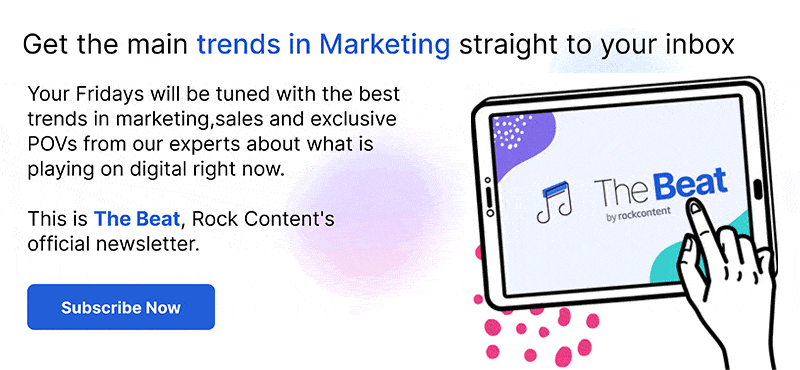It goes without saying that in the wide, wonderful world of digital marketing, Google is truly the king of the mountain. So, when Google changes something about how it does things – whether that’s an algorithm change or a small tweak to the general layout of its pages – smart marketers sit up and listen so they can stay ahead of the game.
On December 5th of this year, Google began rolling out what could definitely be considered a major SERP change – a switch from single standalone pages to a semi-continuous scrolling interface. The idea is to allow searchers to browse their SERP results seamlessly and intuitively.
Starting today, we’re bringing continuous scrolling to desktop in English in the U.S. so you can continue to see more search results easily. When you reach the bottom of a search results page, you'll now be able to see up to six pages of results. pic.twitter.com/xIuVP24FFm
— Google (@Google) December 5, 2022
This display method should be familiar to most web users, as it’s already the go-to standard for most social media feeds, as well as more than a handful of major blogs and news outlets. But what does it really mean for digital marketing, and what should you know before the change goes live?
What Exactly Is Google Changing?
Instead of the page-by-page SERP layout Google’s been using for years now, information seekers who use the search engine via desktop systems will experience a continuous scrolling effect when they browse their results once the update is rolled out to them.
However, it’s important to realize that this won’t be a true continuous scroll. Users will actually be accessing up to six pages of results at one time before being prompted to load the next set of results via a clickable “see more” button.
Google has begun by rolling out this new feature to English searchers throughout the United States first. However, if Google’s approach to past adjustments to SERP layouts are anything to go by, searchers in other countries and who speak other languages can expect to gain access to continuous scrolling soon.
Case in point – the similar changes Google made to its mobile search interface last October. The goal behind the updates was to improve usability, first and foremost. There were also minor tweaks made to SERP displays to better highlight brands, identify sponsored results, and more.
What Does This Mean for SERP Marketing?
In a digital marketing world that’s long revolved around achieving a coveted first-page Google placement, a few things are bound to change moving forward. Here are some possibilities to watch for moving forward.
First-page placement will still be important (but in a different way)
With or without continuous scrolling, the average search engine user is still most likely to click through on entries closest to the top of a given SERP, so getting your site as close to the top as possible will definitely still be a thing. But making what’s technically still the very first page will be much less important.
With the barriers gone between pages one through six, Google users will no longer have to make a definitive decision to click through from page one to page two and beyond. (According to research conducted by Chitika Insights, a mere 4.8 percent of users actually do that.)
Instead, searchers will be able to simply scroll through what will feel like an extra-long first page in the first place. This means pages that might have wound up banished to the dreaded no-man’s land of page two and beyond stand a better chance of being seen and attracting visitors.
Usability will continue to be a key ranking factor
As any digital marketer who keeps track of SERP trends already knows, user experience is major for Google these days. They’re in the business of providing their own users with a stellar user experience, and they’re looking to elevate sites and content creators dedicated to doing the same.
Raising the bar when it comes to user experience on your own site also raises your chances of rising to the top of the SERP heap, with or without continuous scrolling. You’re also more likely to appear in key Google SERP features like rich snippets, “people also ask” sections, featured snippets, and more.
Targeted helpful content will remain big, as well
The introduction of continuous scrolling to the Google mix means quality will count for even more when it comes to achieving the best SERP positions. Digital marketers, SEO pros, and content creators should focus on generating helpful, personalized content that adequately addresses specific needs and drives searches.
And, of course, factors like wise keyword usage and well-optimized metadata are key. Google users will eventually stop seeing page rank as the biggest factor that determines what to click on and start relying more on whether a link successfully grabs their attention and “looks” like something that will deliver what they’re looking for.
As with all changes Google makes to the way it determines, ranks, and organizes search results, it will take time to gauge the long-term effects of the new continuous scrolling feature. So be sure to keep a close eye on how your own SEO efforts improve your rankings (or not) as the situation evolves.
Do you want to continue to be updated with Marketing best practices? I strongly suggest that you subscribe to The Beat, Rock Content’s interactive newsletter. There, you’ll find all the trends that matter in the Digital Marketing landscape. See you there!








